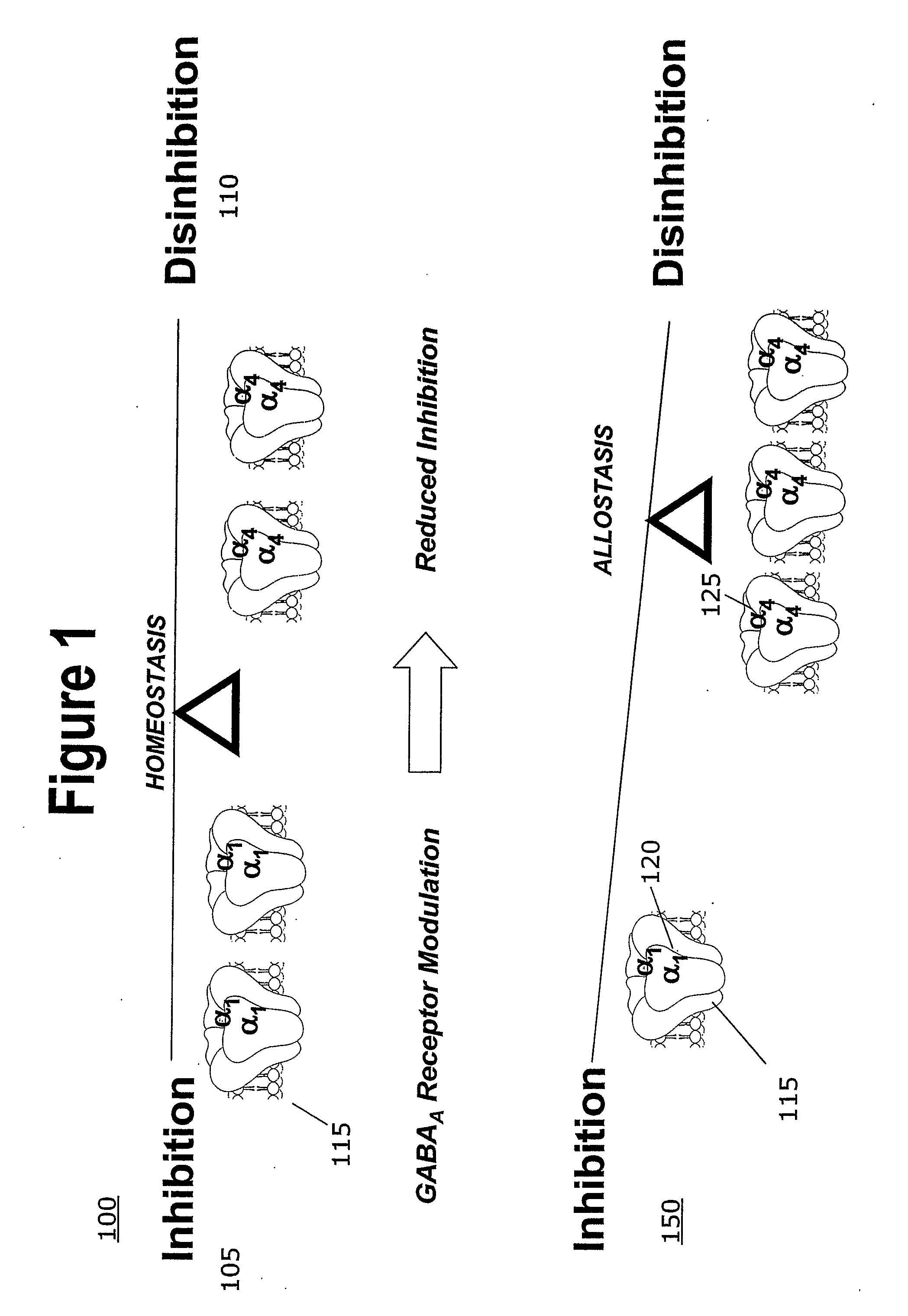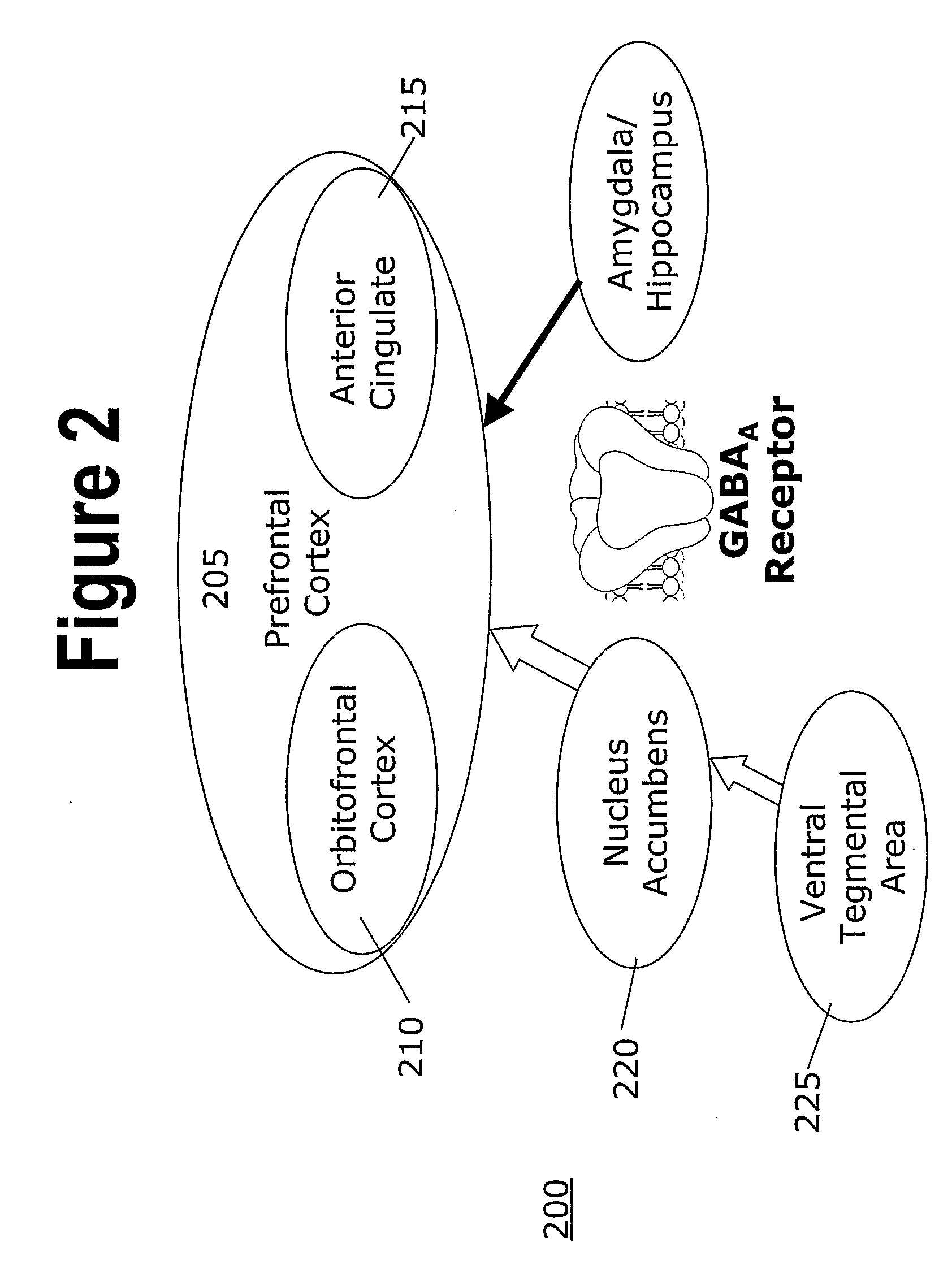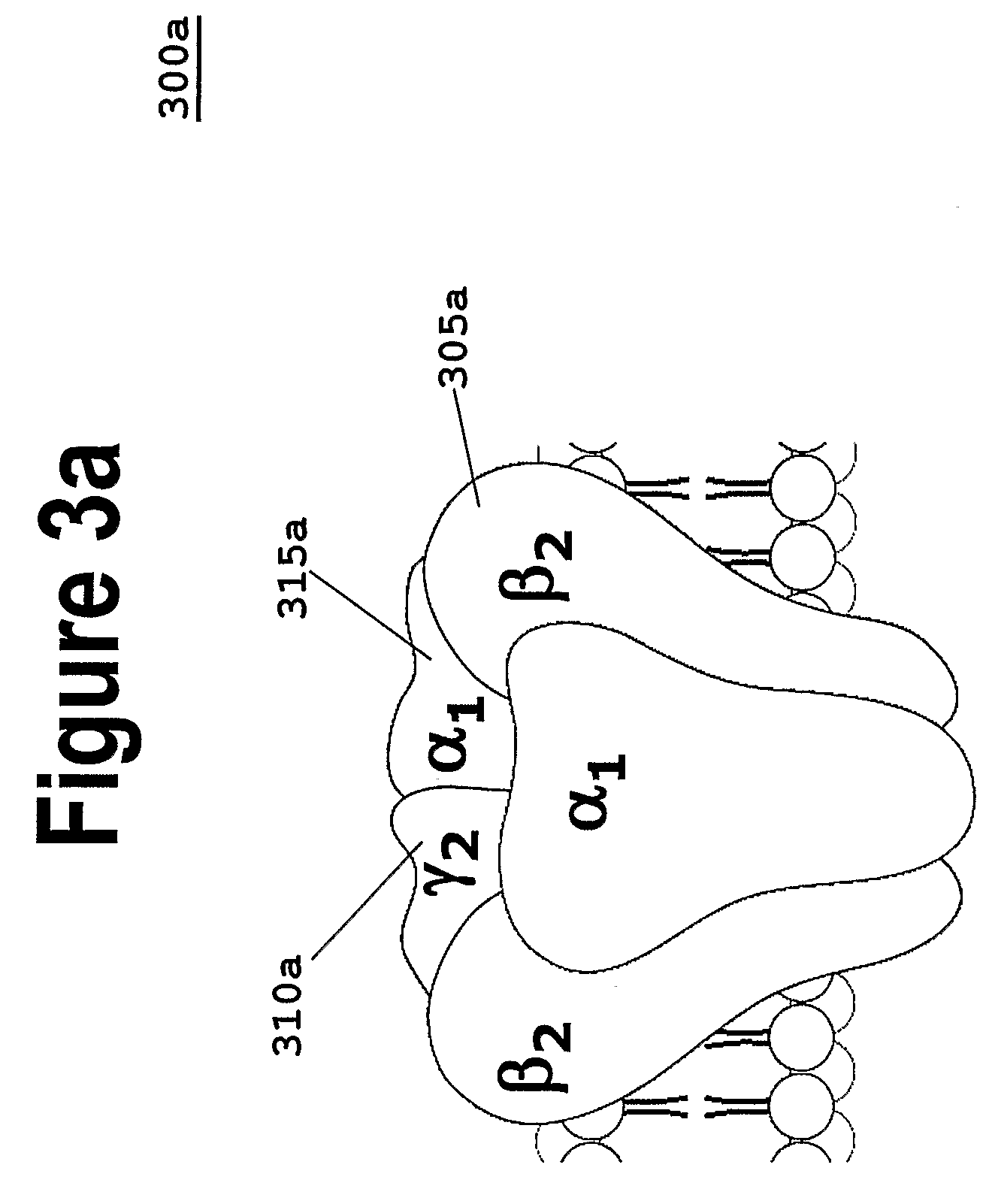Methods of and Compositions For the Prevention of Anxiety, Substance Abuse, and Dependence
a technology for anxiety and substance abuse, applied in the direction of drug compositions, biocide, heterocyclic compound active ingredients, etc., can solve the problems of limited use, conventional treatment methods fail, pleasure may not be a strong enough impetus to drive people towards addiction, etc., and achieve the effect of reducing dependence or addiction to substances
- Summary
- Abstract
- Description
- Claims
- Application Information
AI Technical Summary
Benefits of technology
Problems solved by technology
Method used
Image
Examples
example 1
[0202]An orally administered tablet comprises between 100 mg and 1000 mg, preferably 300, 325, 400, 500, 650, or 750 mg, of VICODIN® and 0.1 to 150 mg, preferably 5 mg, of finasteride.
example 2
[0203]An orally administered tablet comprises between 100 mg and 1000 mg, preferably 325, 500, or 650 mg, of PERCOCET® and 0.1 to 150 mg, preferably 5 mg, of finasteride.
example 3
[0204]An orally administered tablet comprises between 0.1 and 5 mg, preferably 0.25, 0.5, 1, 2, or 3 mg, of XANAX® and 0.1 to 150 mg, preferably 5 mg, of finasteride.
PUM
 Login to View More
Login to View More Abstract
Description
Claims
Application Information
 Login to View More
Login to View More - R&D
- Intellectual Property
- Life Sciences
- Materials
- Tech Scout
- Unparalleled Data Quality
- Higher Quality Content
- 60% Fewer Hallucinations
Browse by: Latest US Patents, China's latest patents, Technical Efficacy Thesaurus, Application Domain, Technology Topic, Popular Technical Reports.
© 2025 PatSnap. All rights reserved.Legal|Privacy policy|Modern Slavery Act Transparency Statement|Sitemap|About US| Contact US: help@patsnap.com



